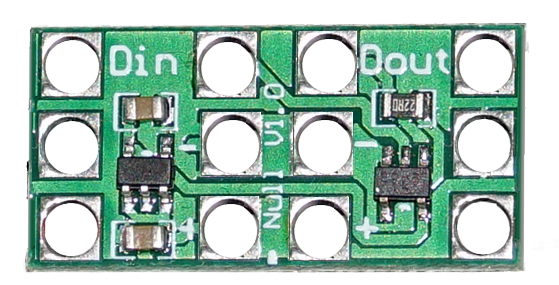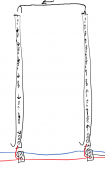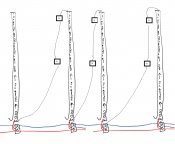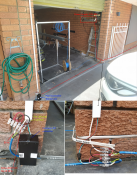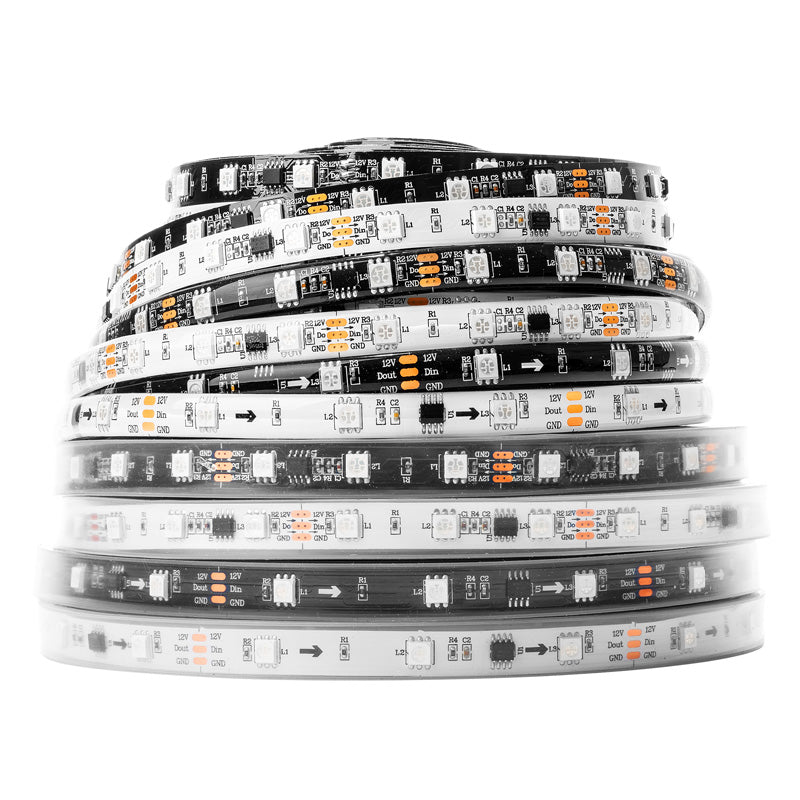Hi folks,
My setup is 4x2m vertical strips driven by the same pixel controller (Wemos D1). They are all connected along the floor with 3 wire cable (1.5mm2 cable), which is where the 12v power comes from. The WS2811 LED light strips are all driving upwards, then the middle wire (data) branches off, back through the same tube and rejoins the main 3 wire cable.

I'm not sure why there is noise being introduced and how to fix it. From the 2nd strip onward, it flickers a lot and by the 3rd strip only the first pixel is lighting up.
If I string them all together in series, it works ubeaut. If I connect string 2 at the bottom of string 1, after the data cable, I get the same flickering.
Any clues to what might be happening here and what are your setups for long distances? It's less than 10m so null pixels shouldn't be needed (but even so, just the 2m is causing issues for the way I've done it)
My setup is 4x2m vertical strips driven by the same pixel controller (Wemos D1). They are all connected along the floor with 3 wire cable (1.5mm2 cable), which is where the 12v power comes from. The WS2811 LED light strips are all driving upwards, then the middle wire (data) branches off, back through the same tube and rejoins the main 3 wire cable.

I'm not sure why there is noise being introduced and how to fix it. From the 2nd strip onward, it flickers a lot and by the 3rd strip only the first pixel is lighting up.
If I string them all together in series, it works ubeaut. If I connect string 2 at the bottom of string 1, after the data cable, I get the same flickering.
Any clues to what might be happening here and what are your setups for long distances? It's less than 10m so null pixels shouldn't be needed (but even so, just the 2m is causing issues for the way I've done it)


